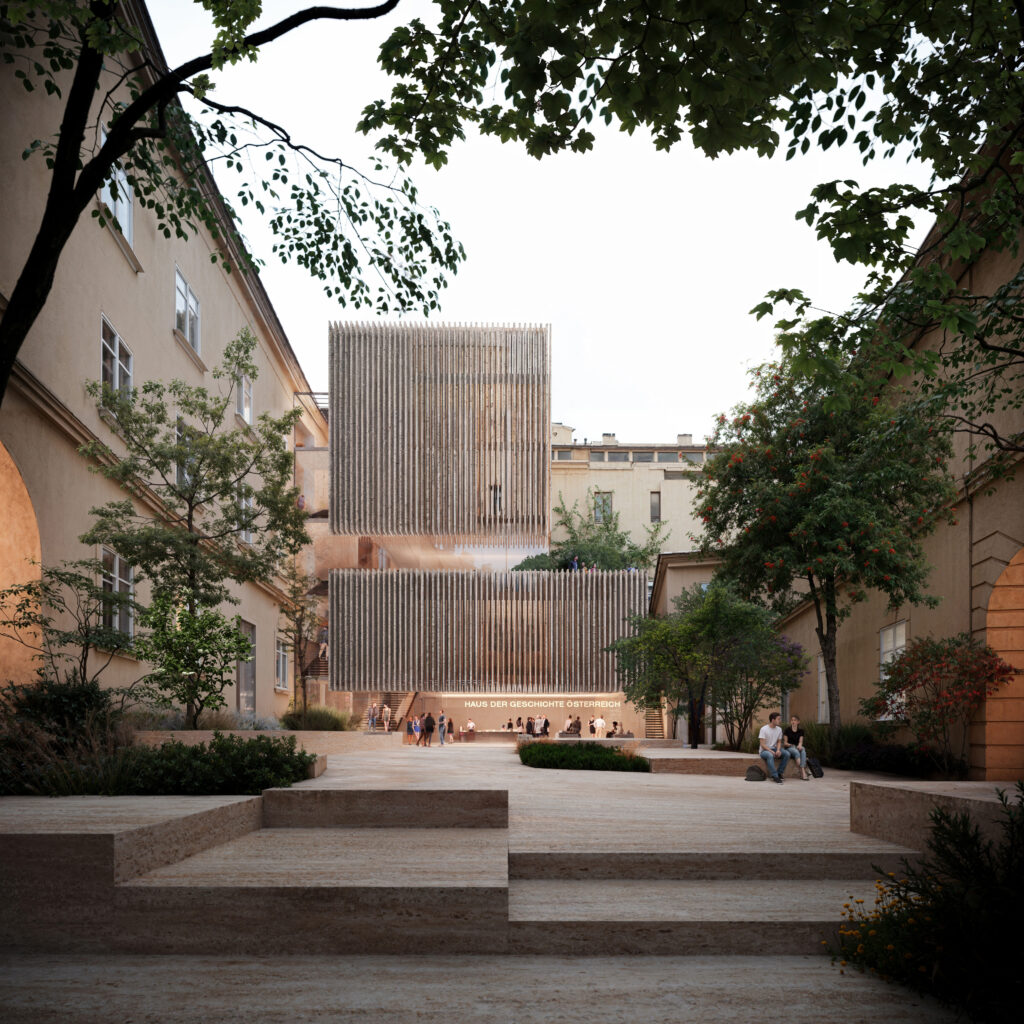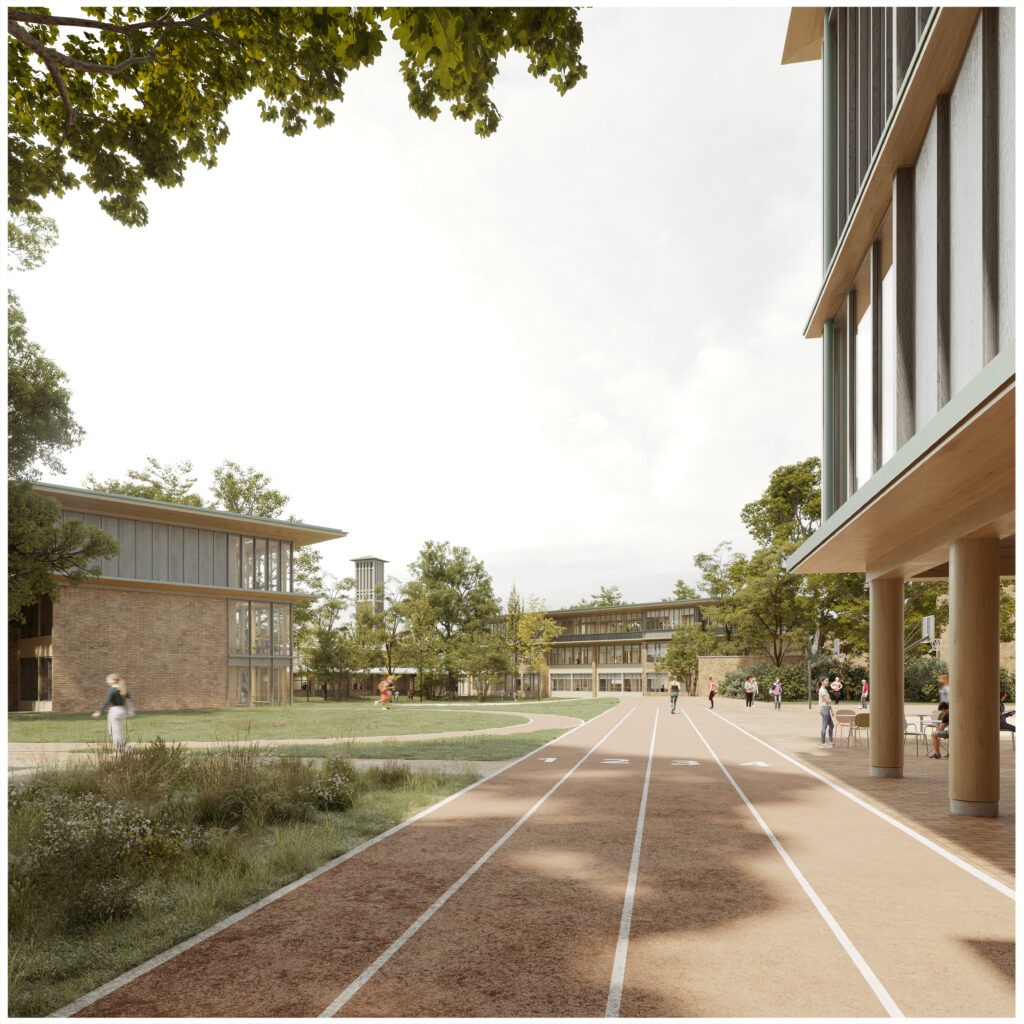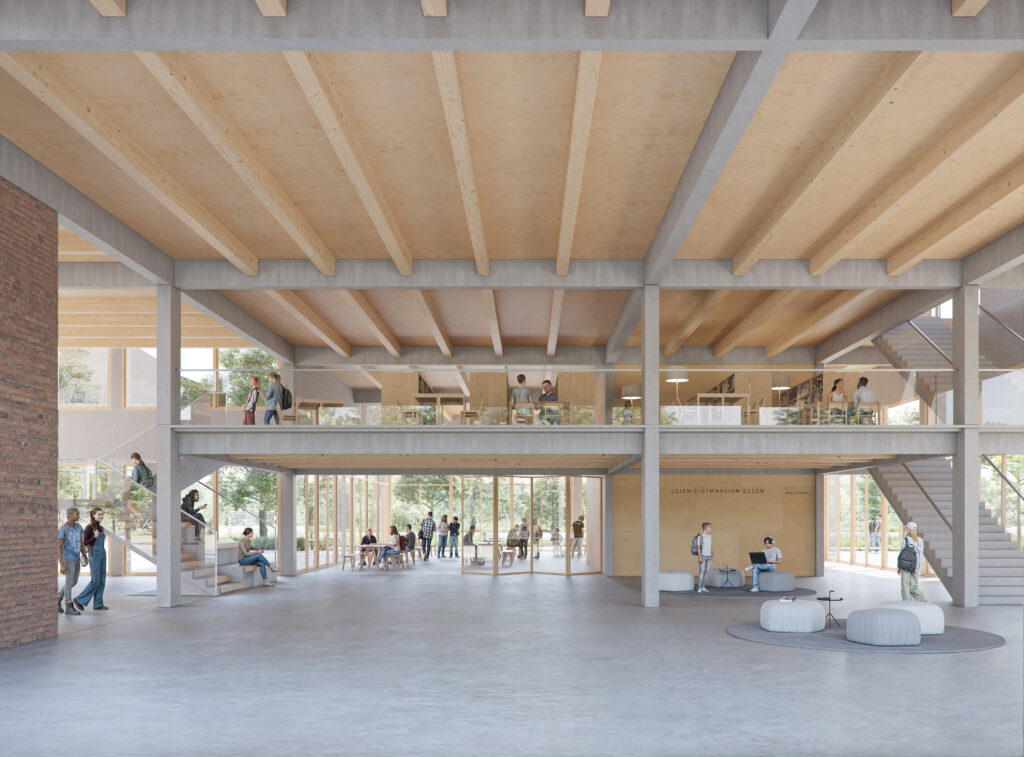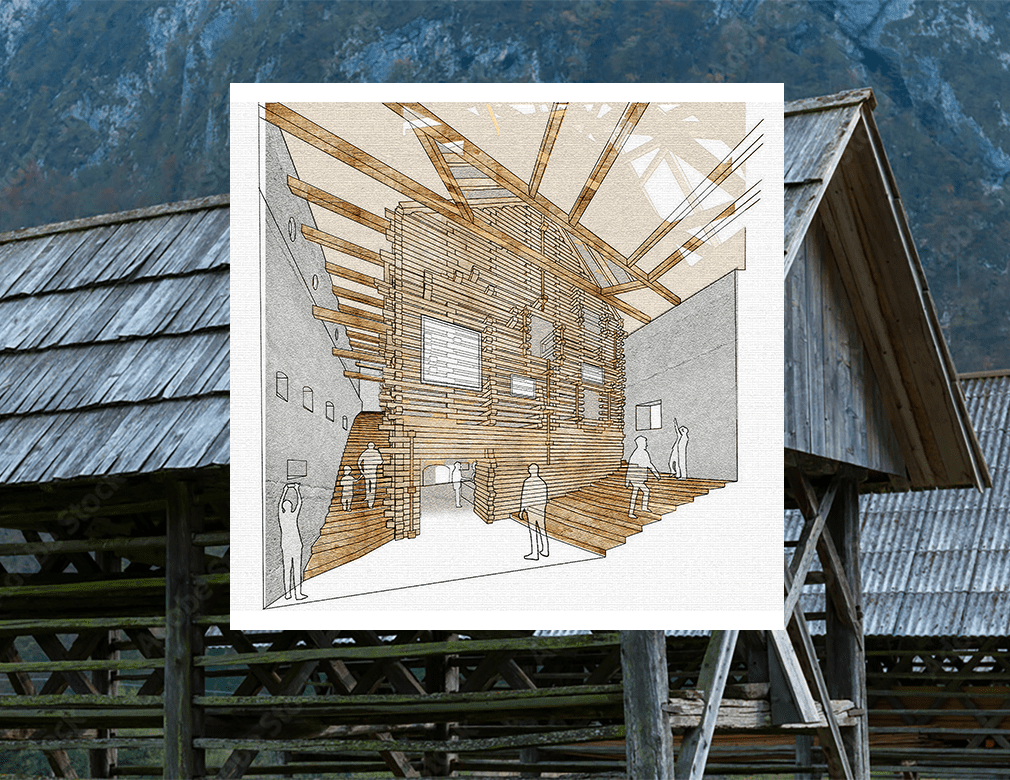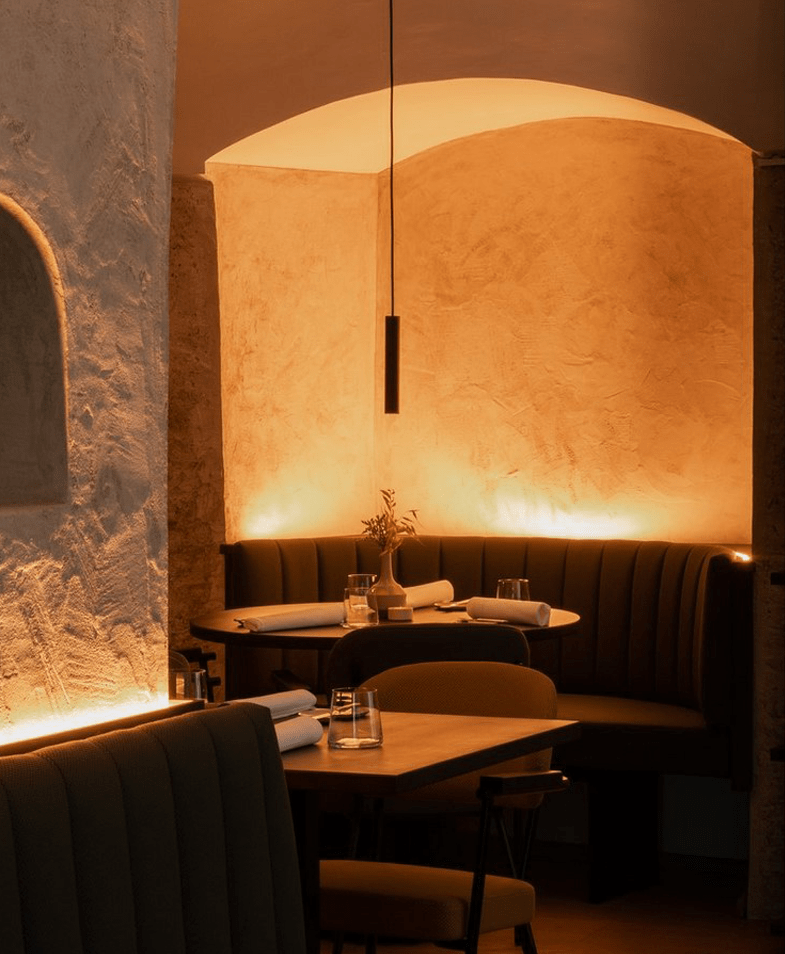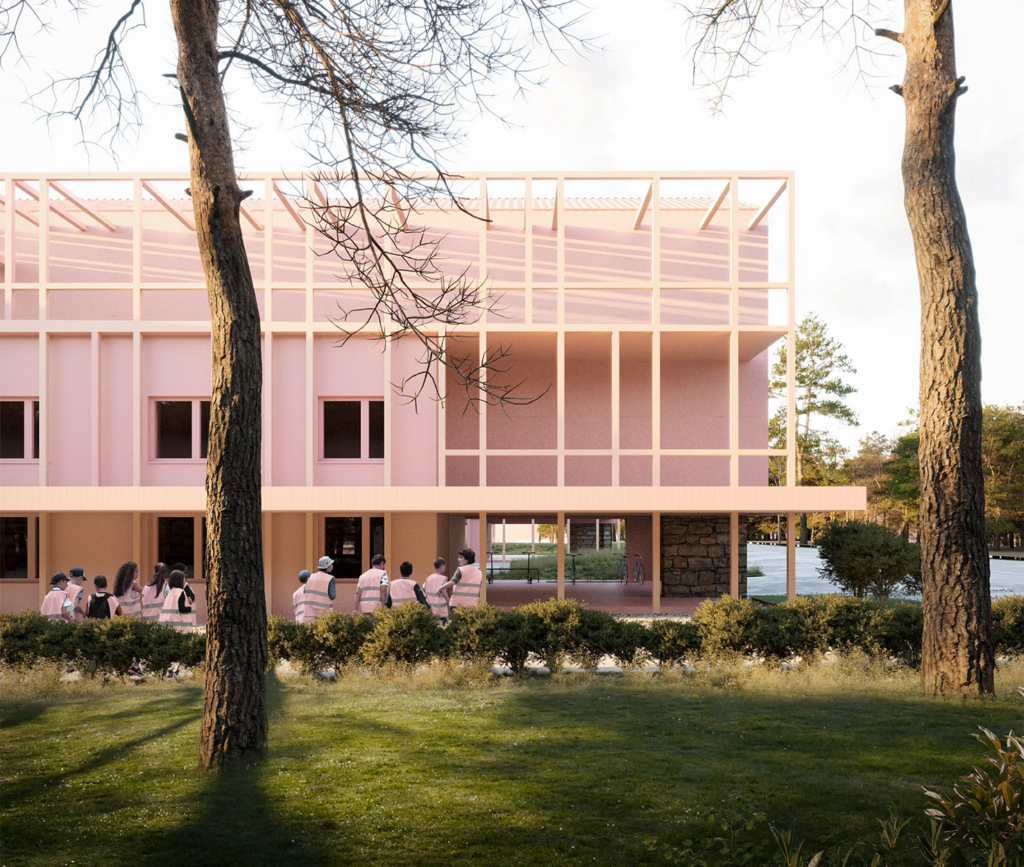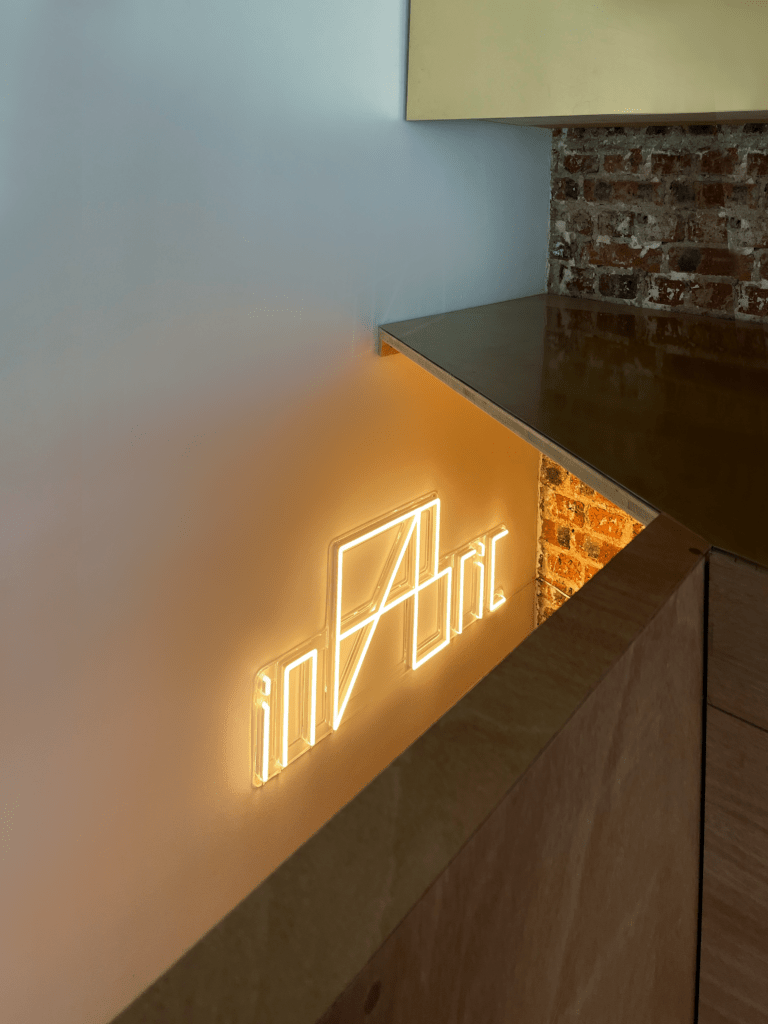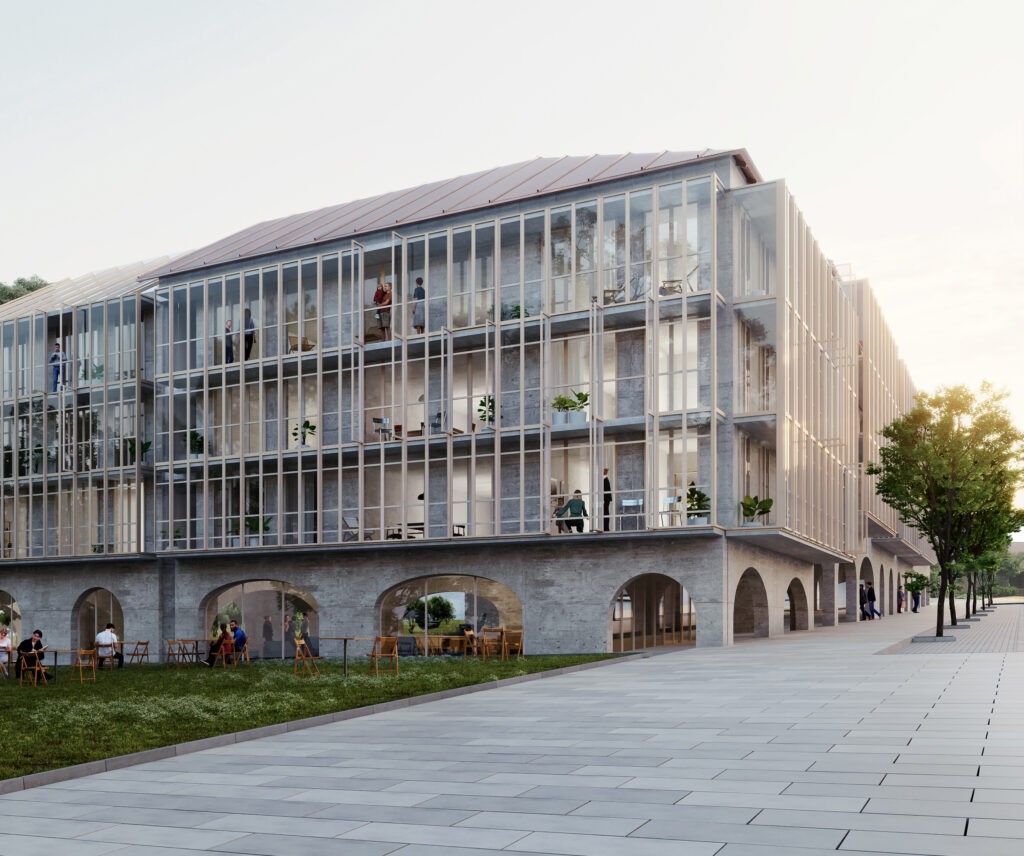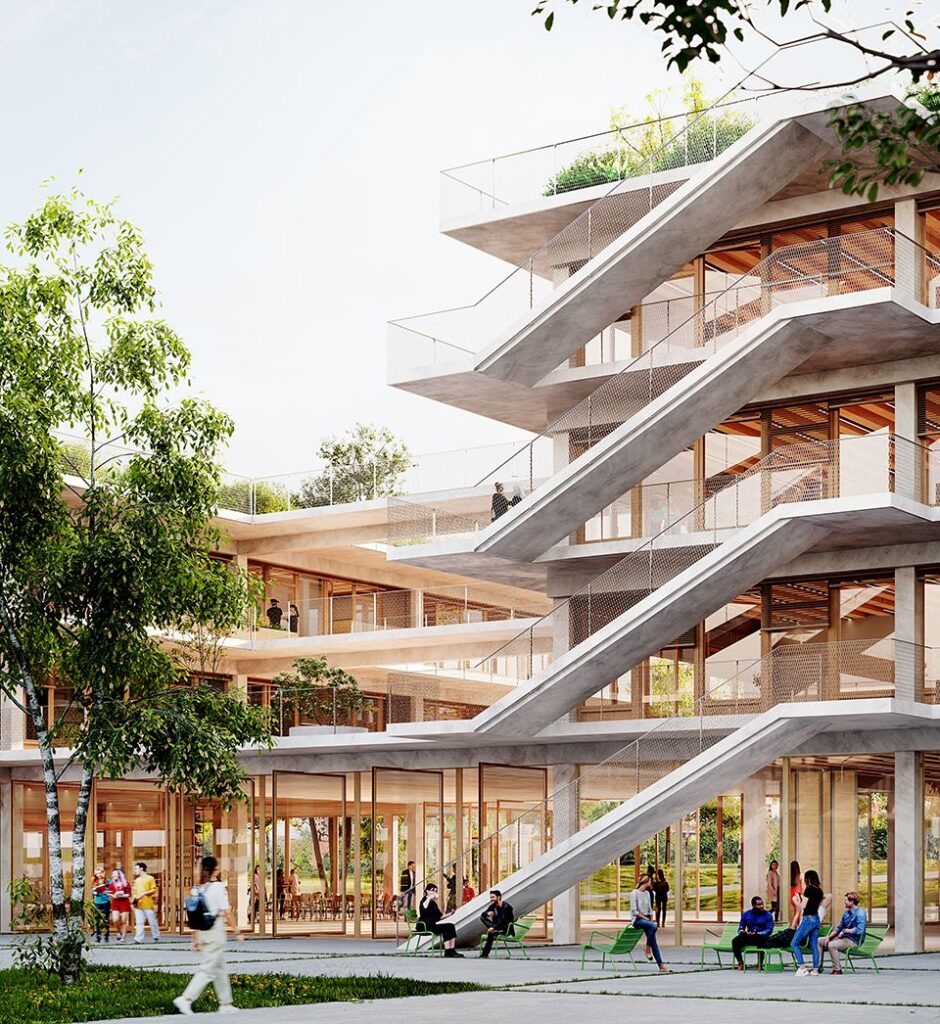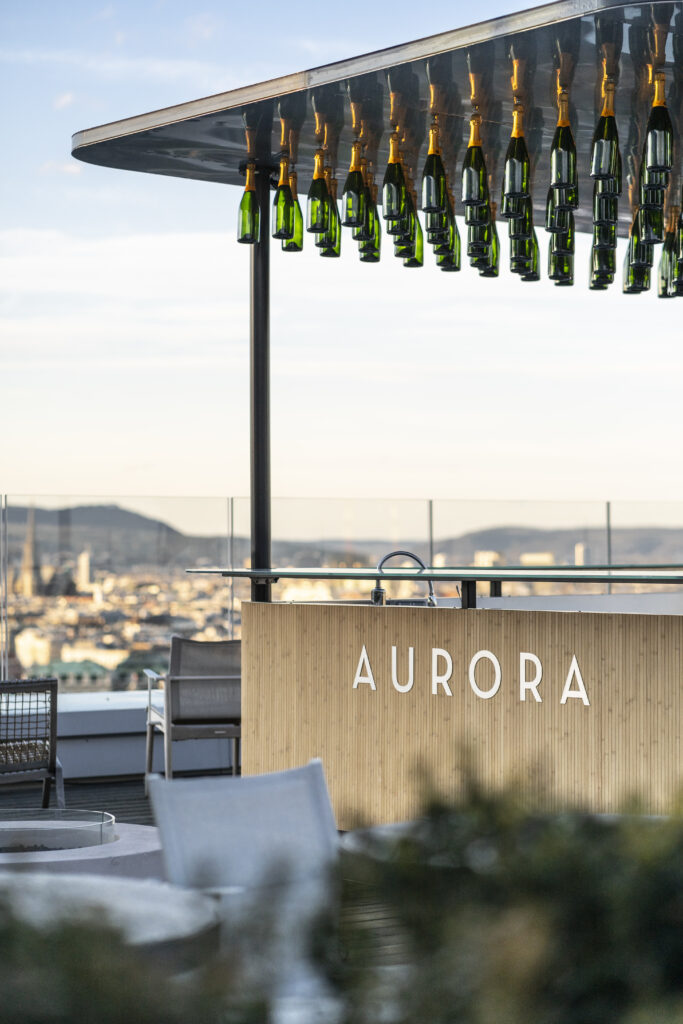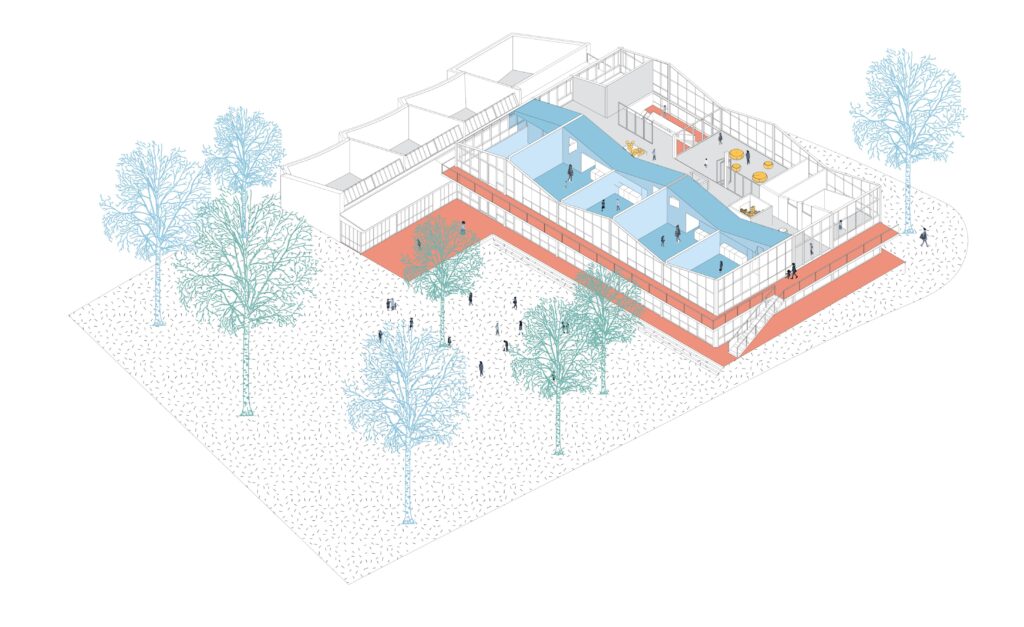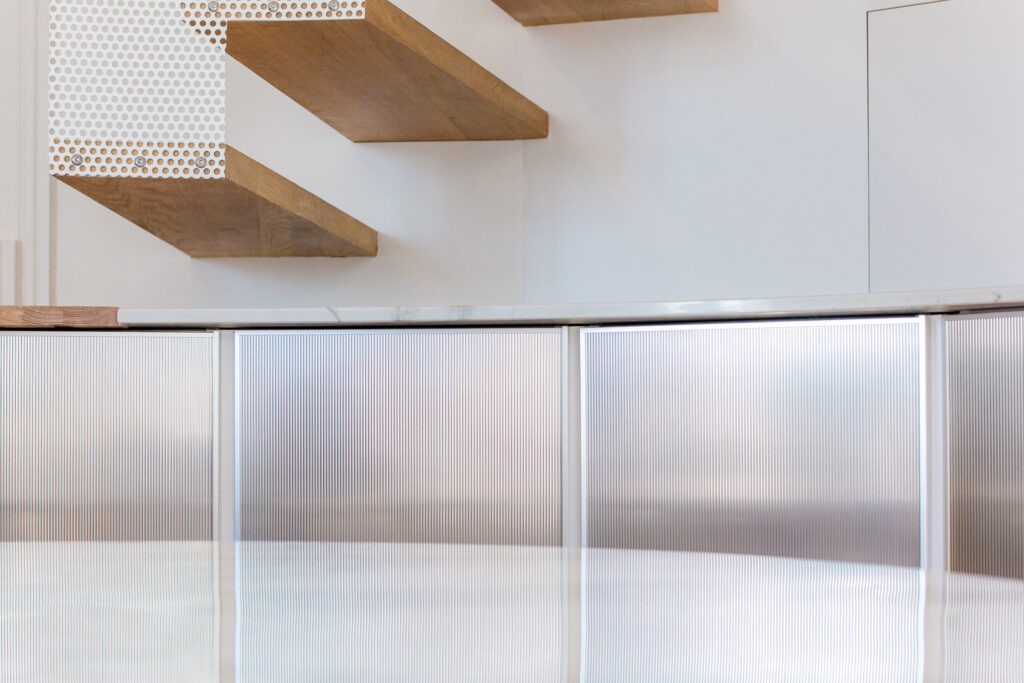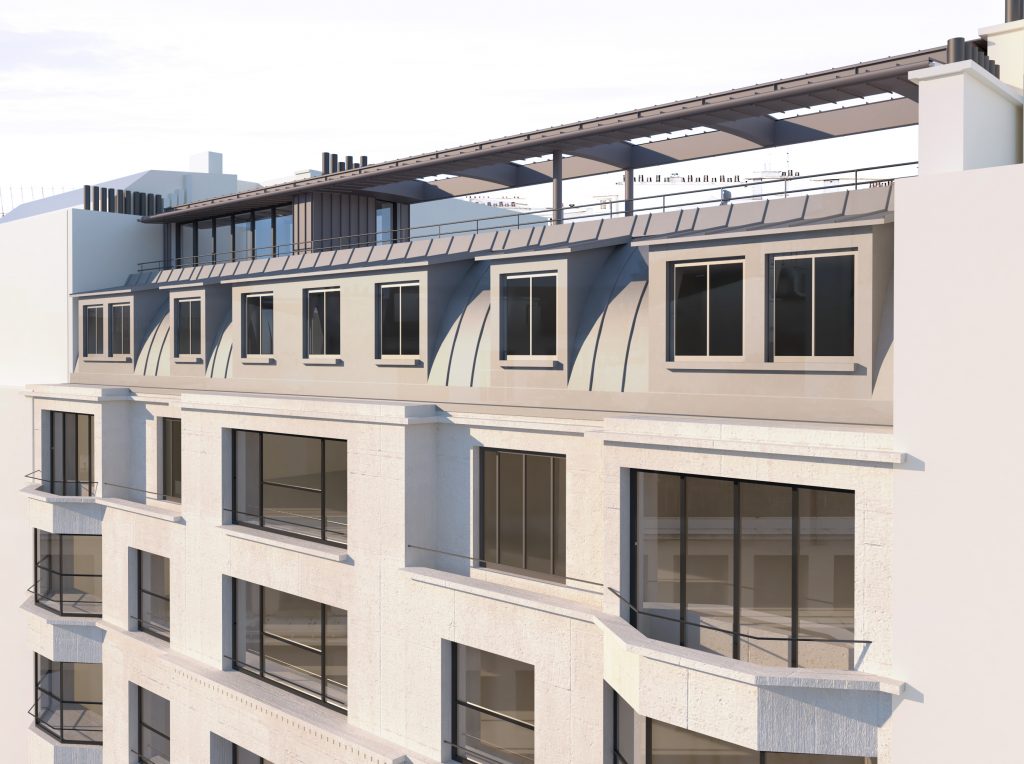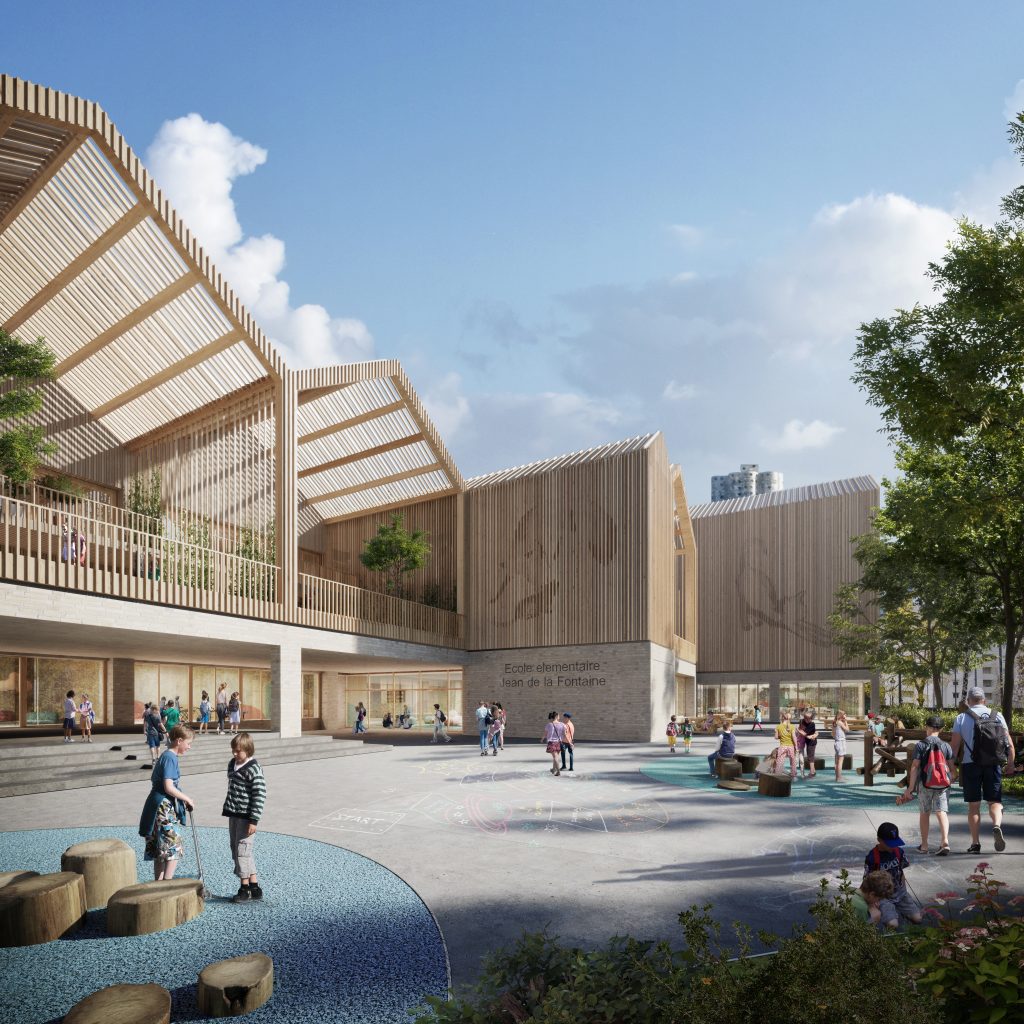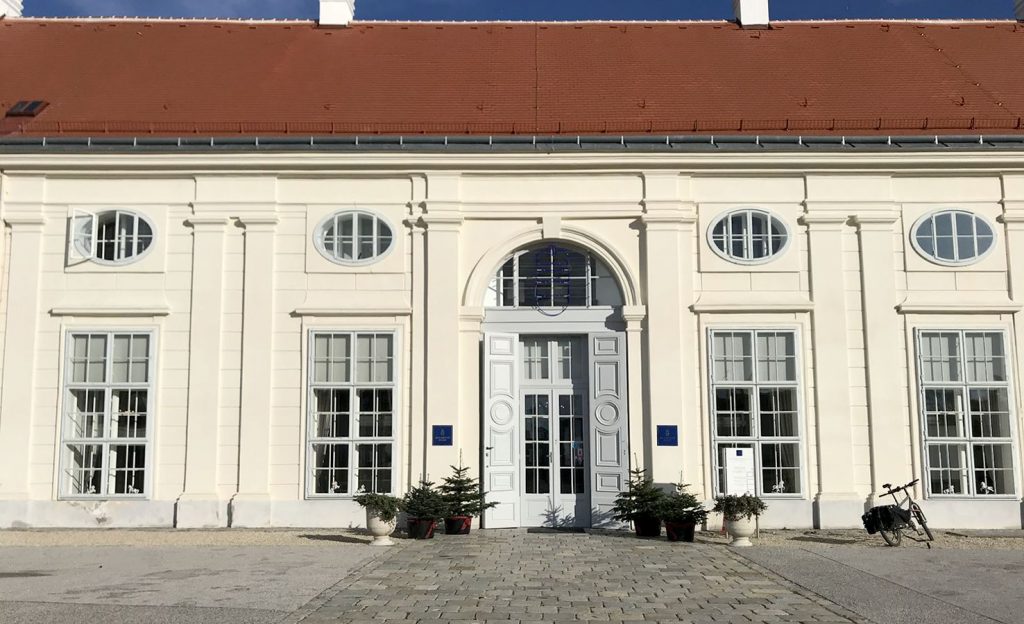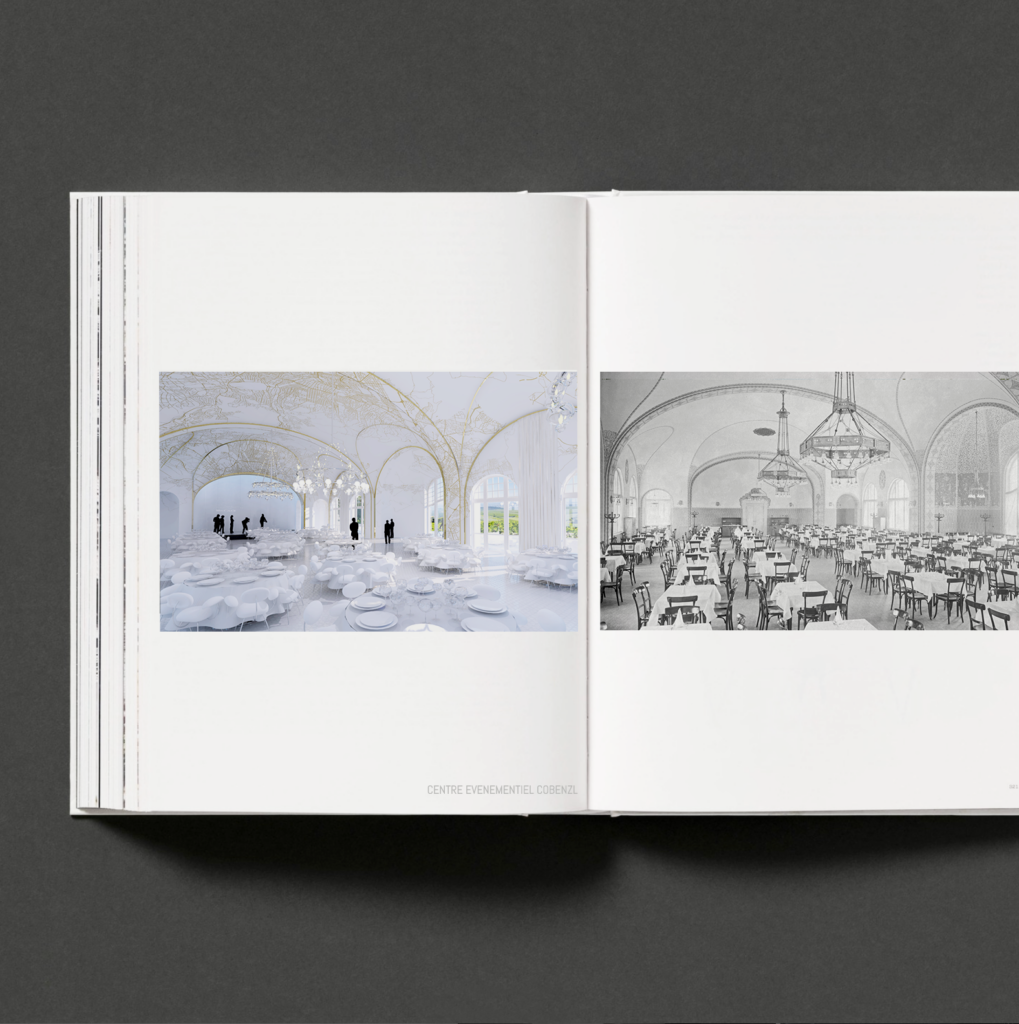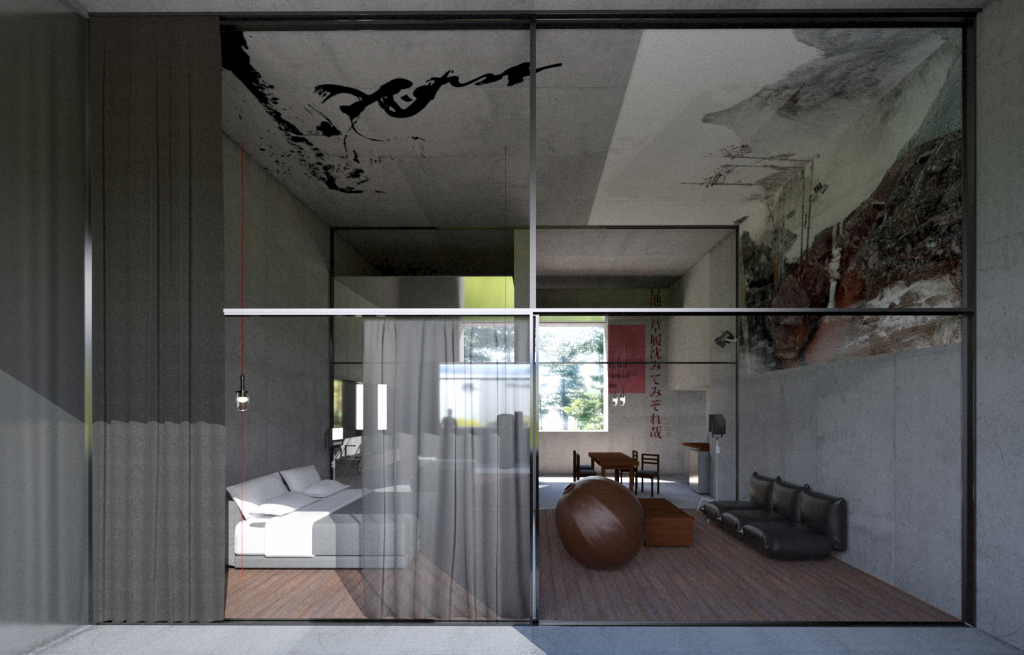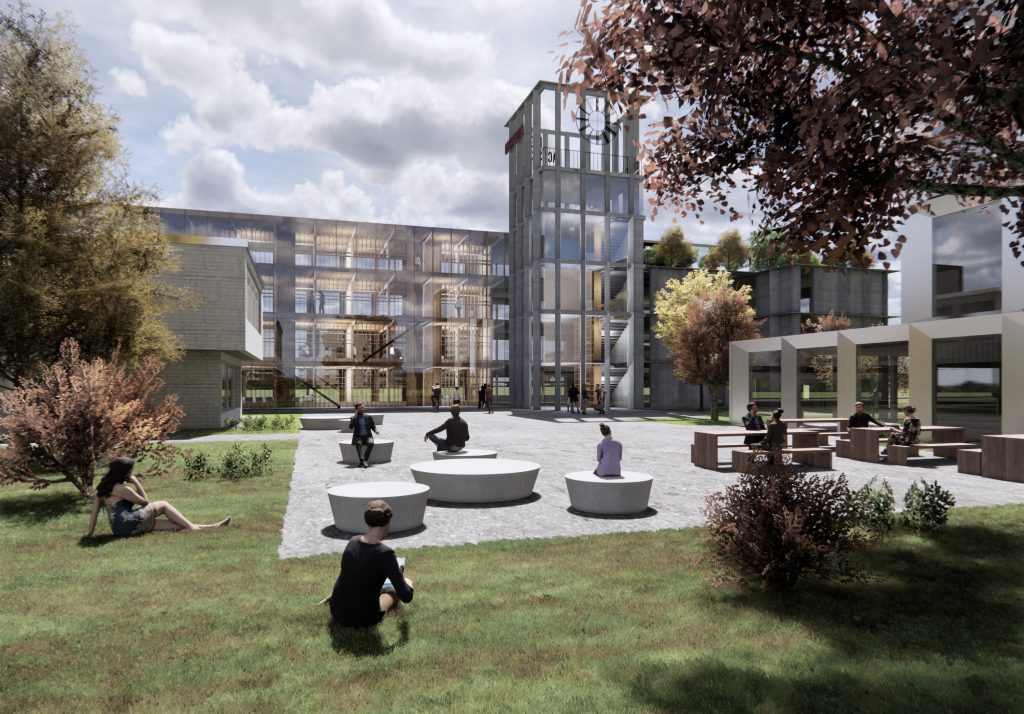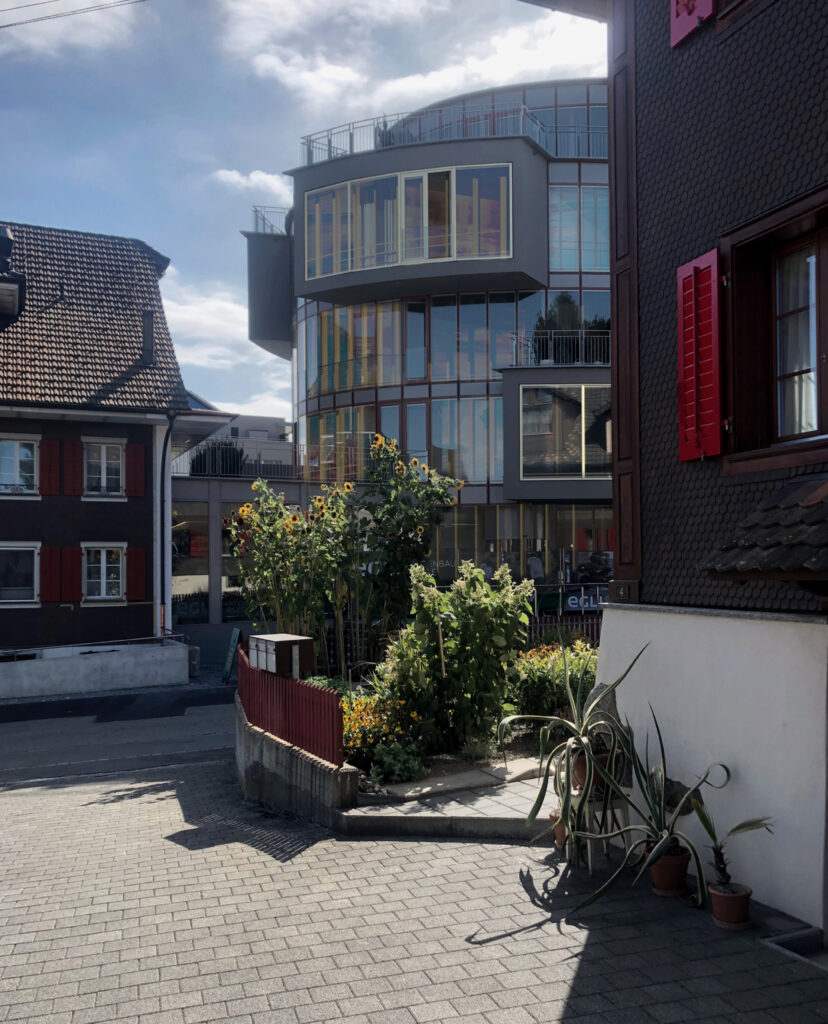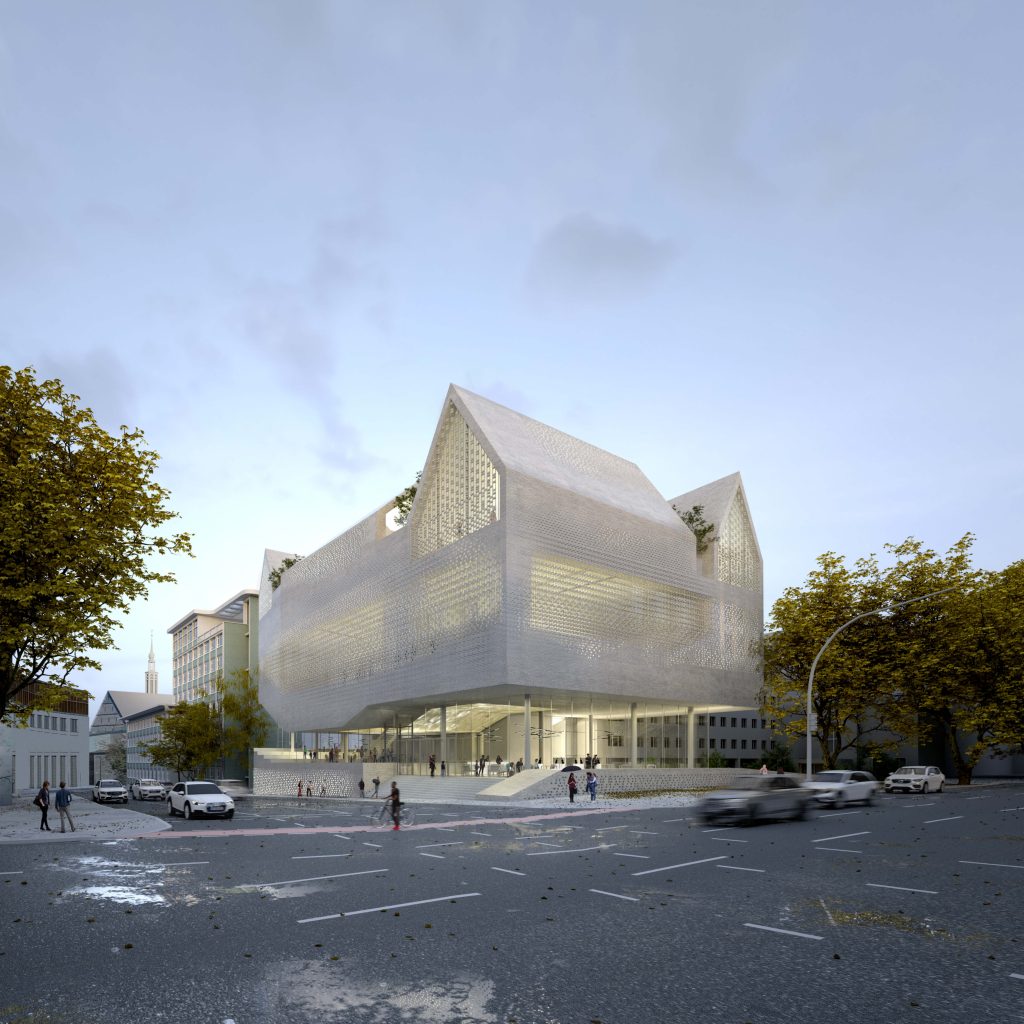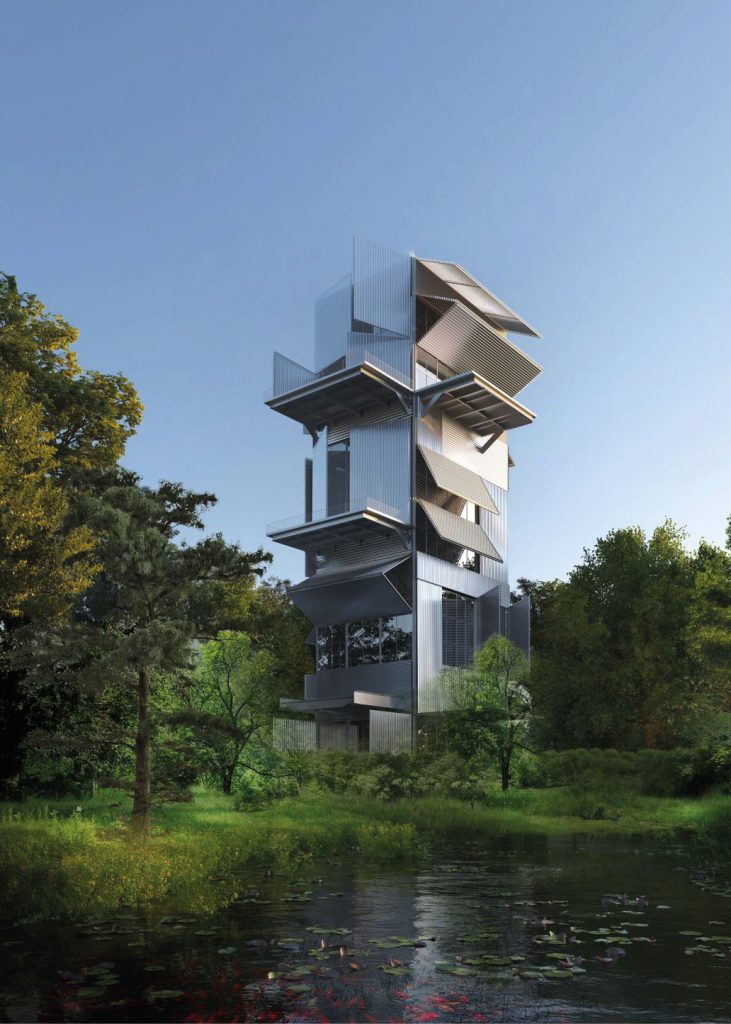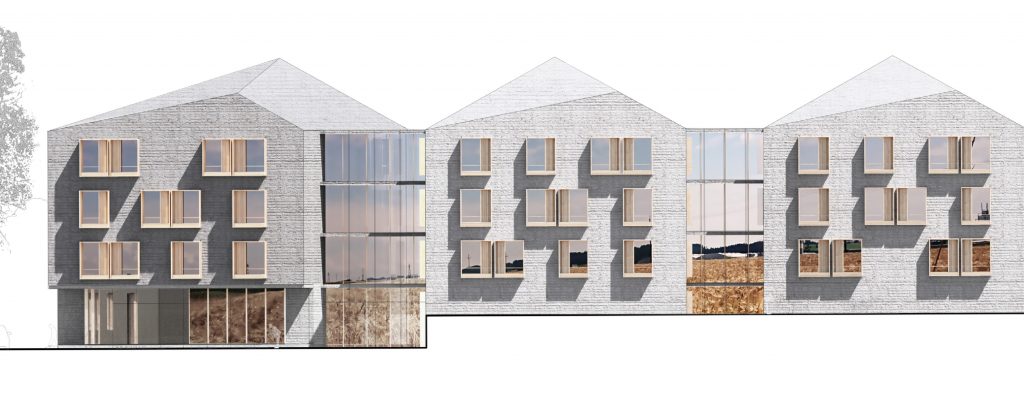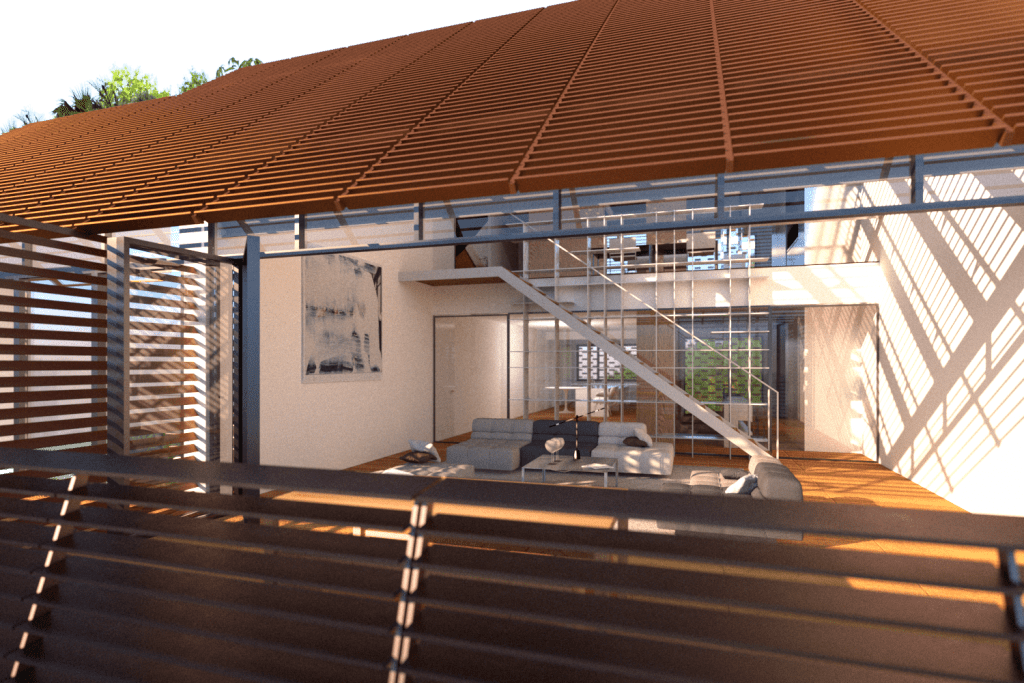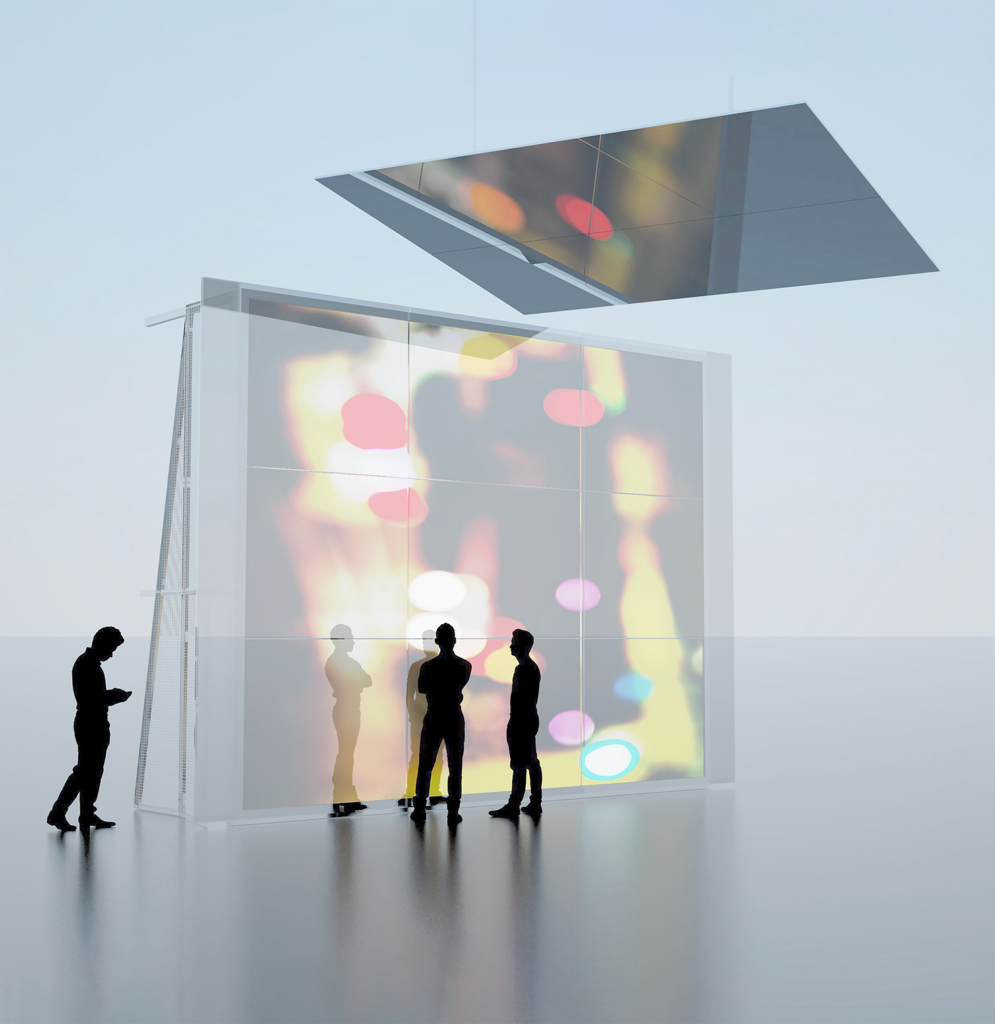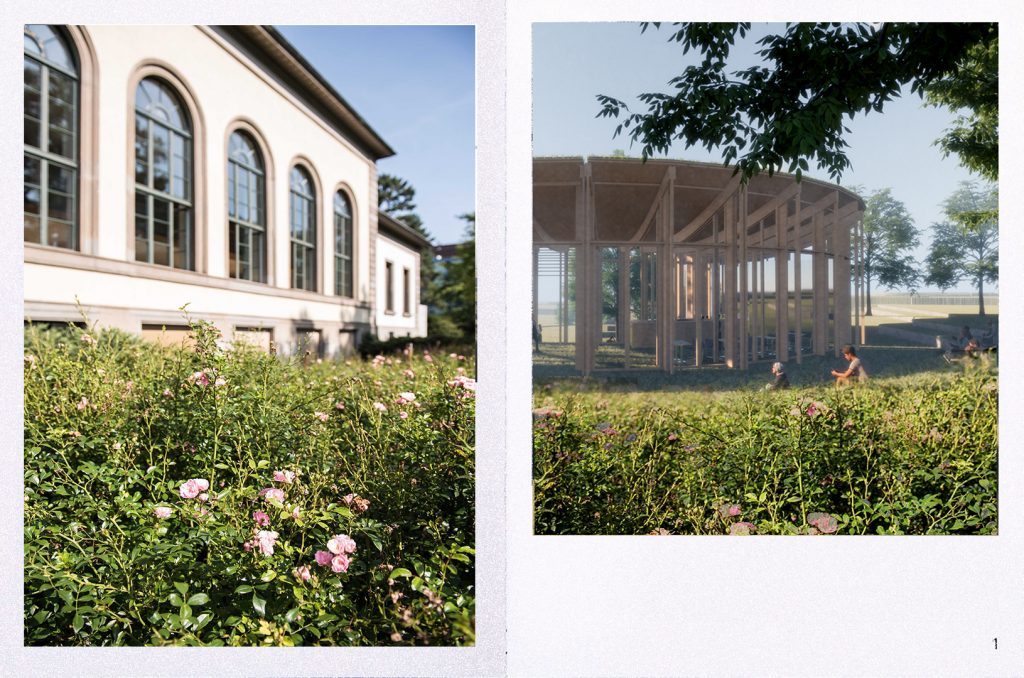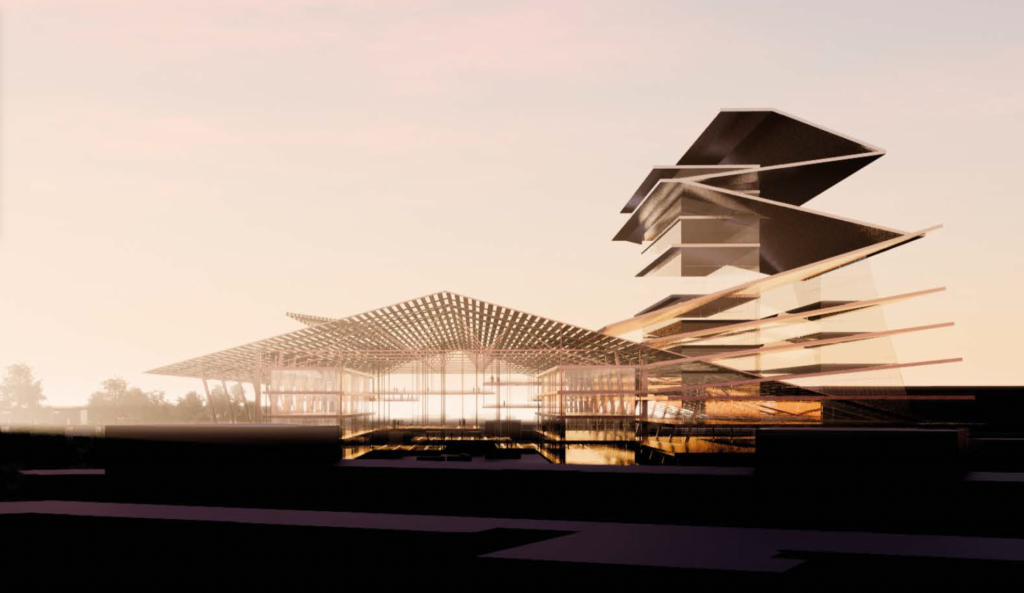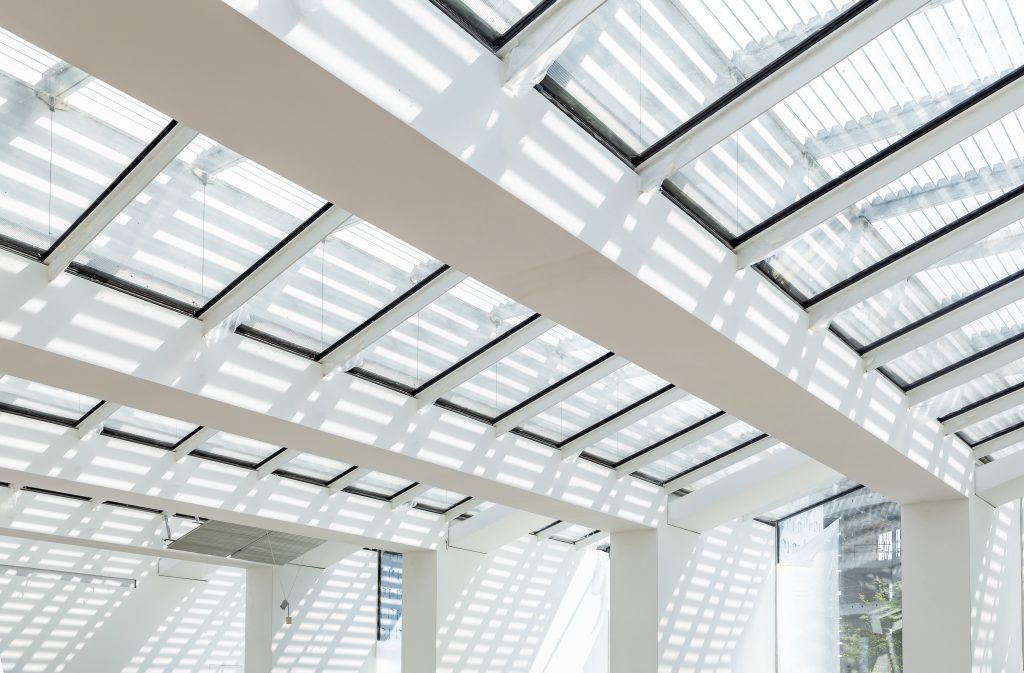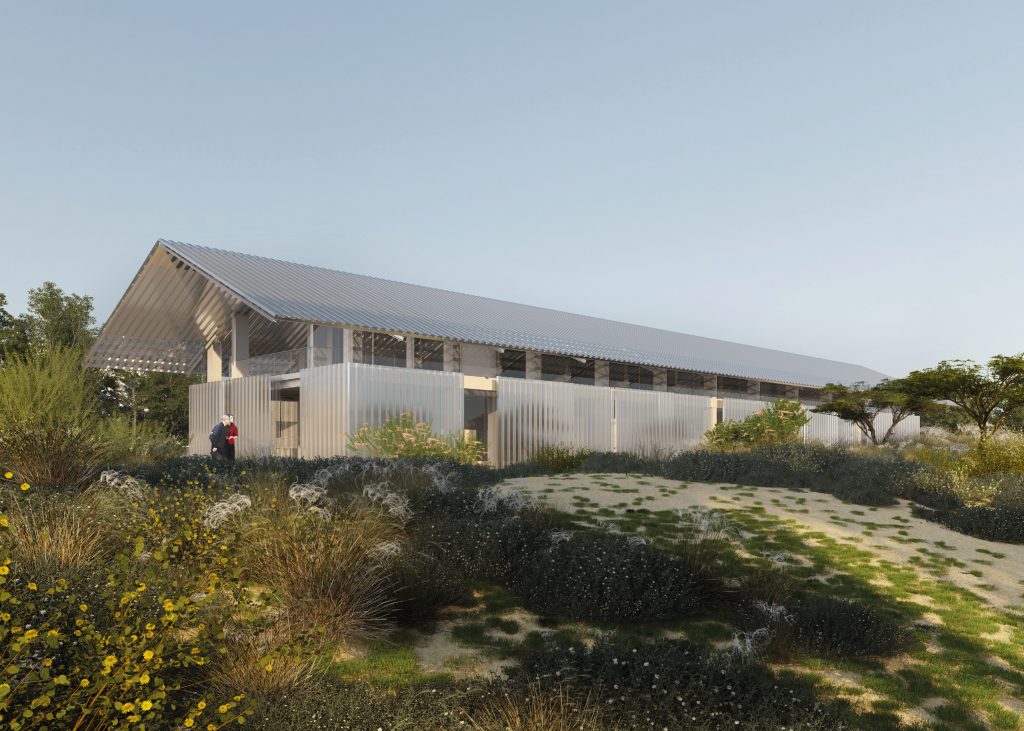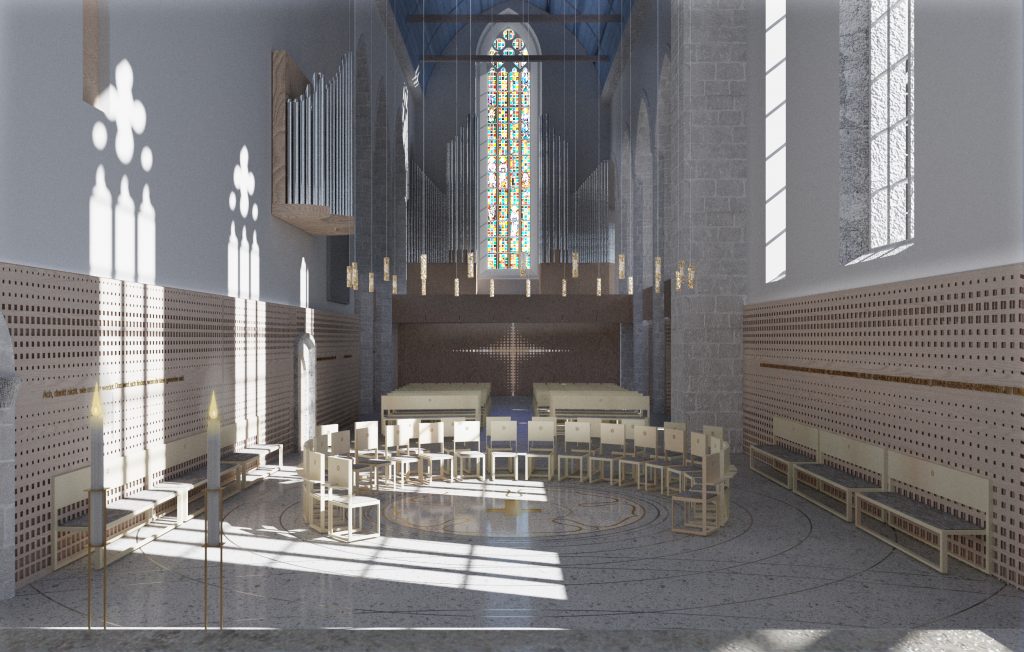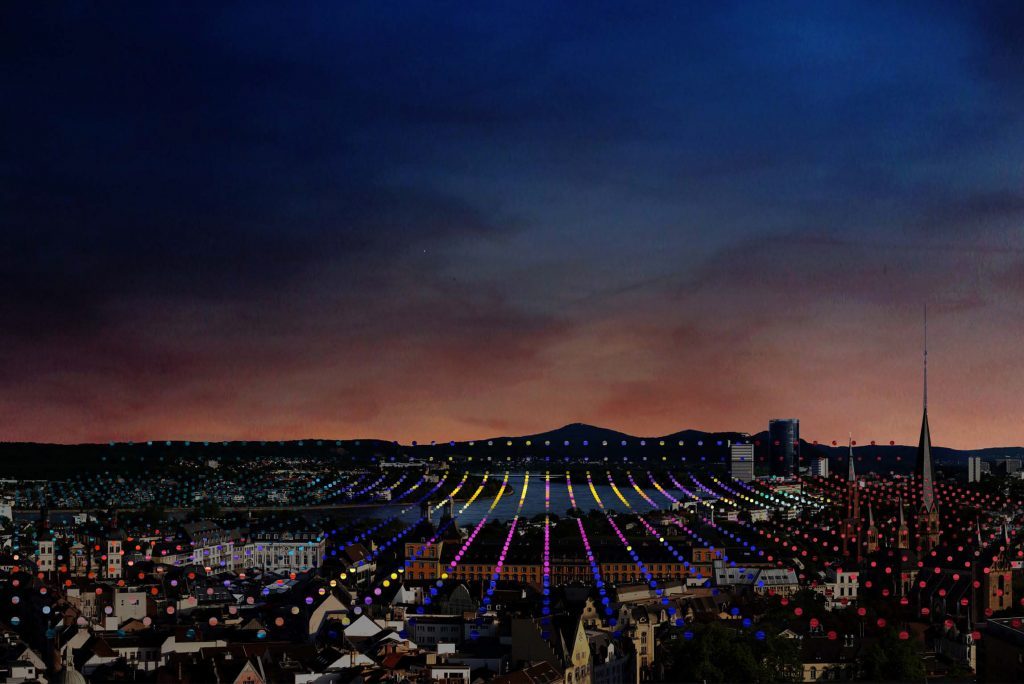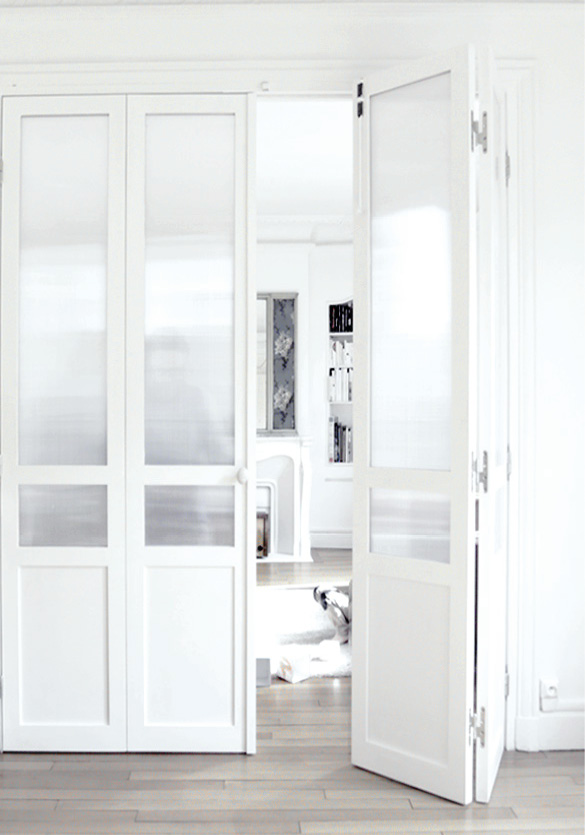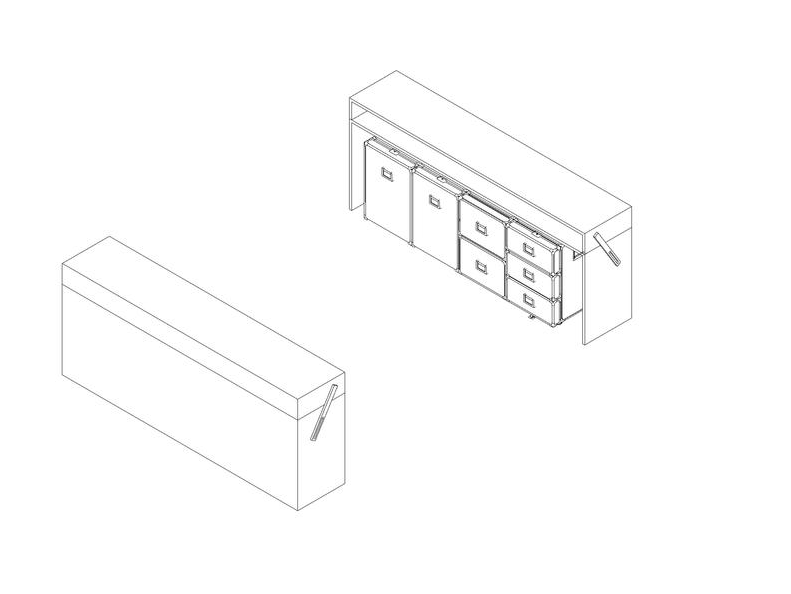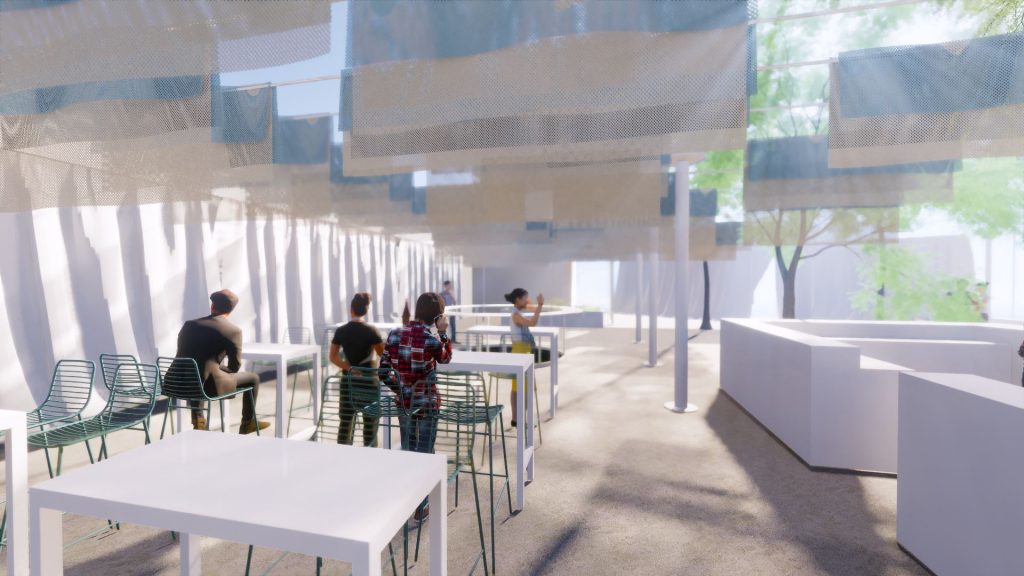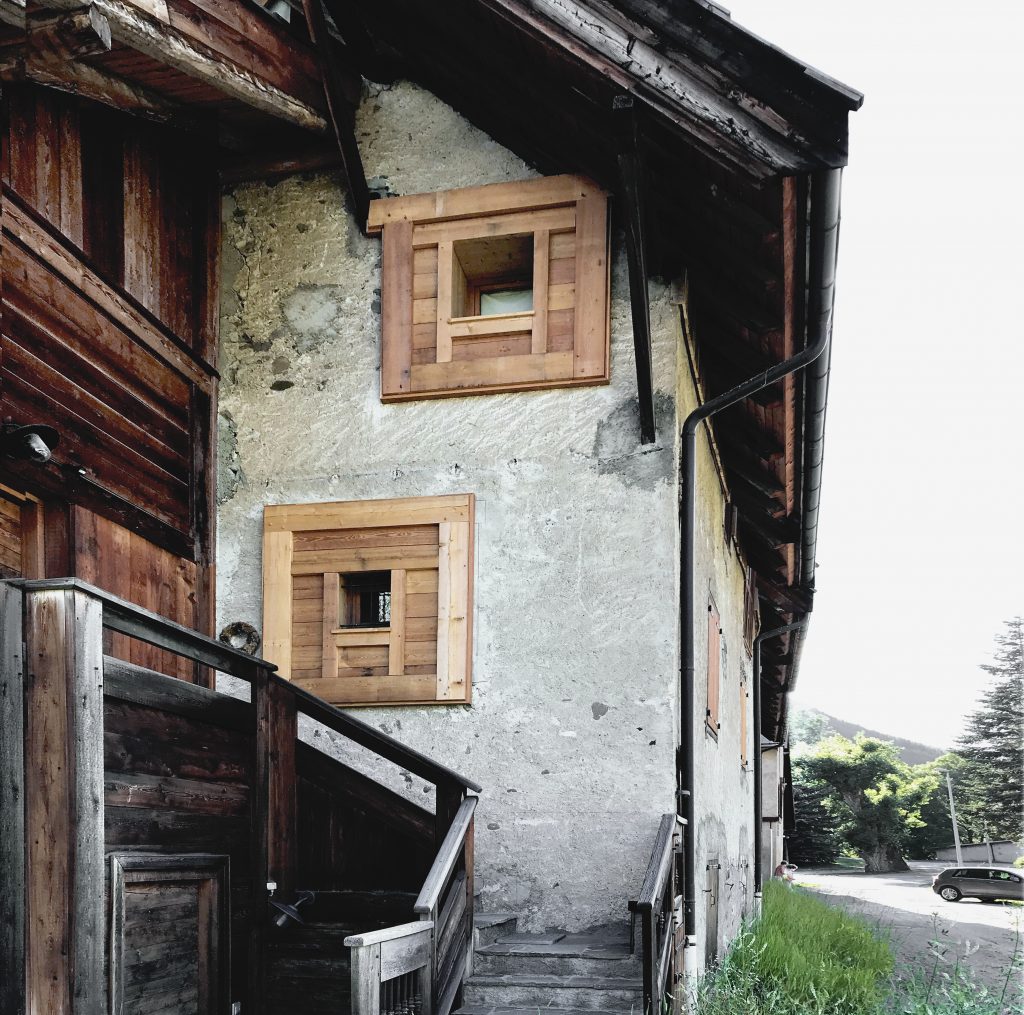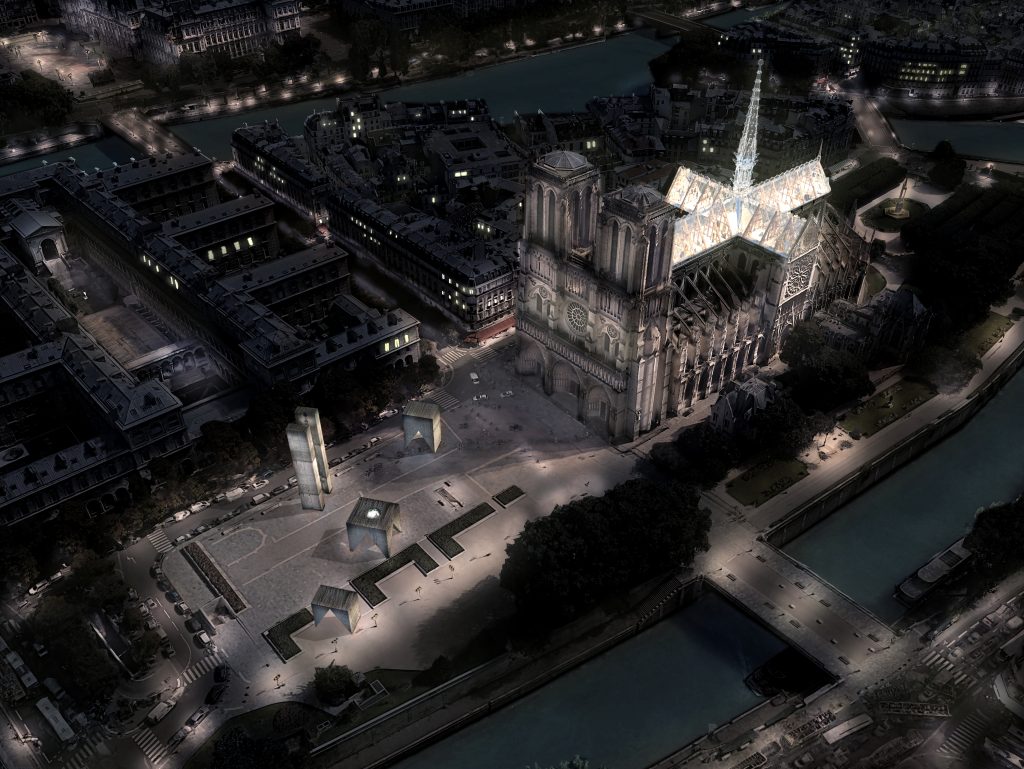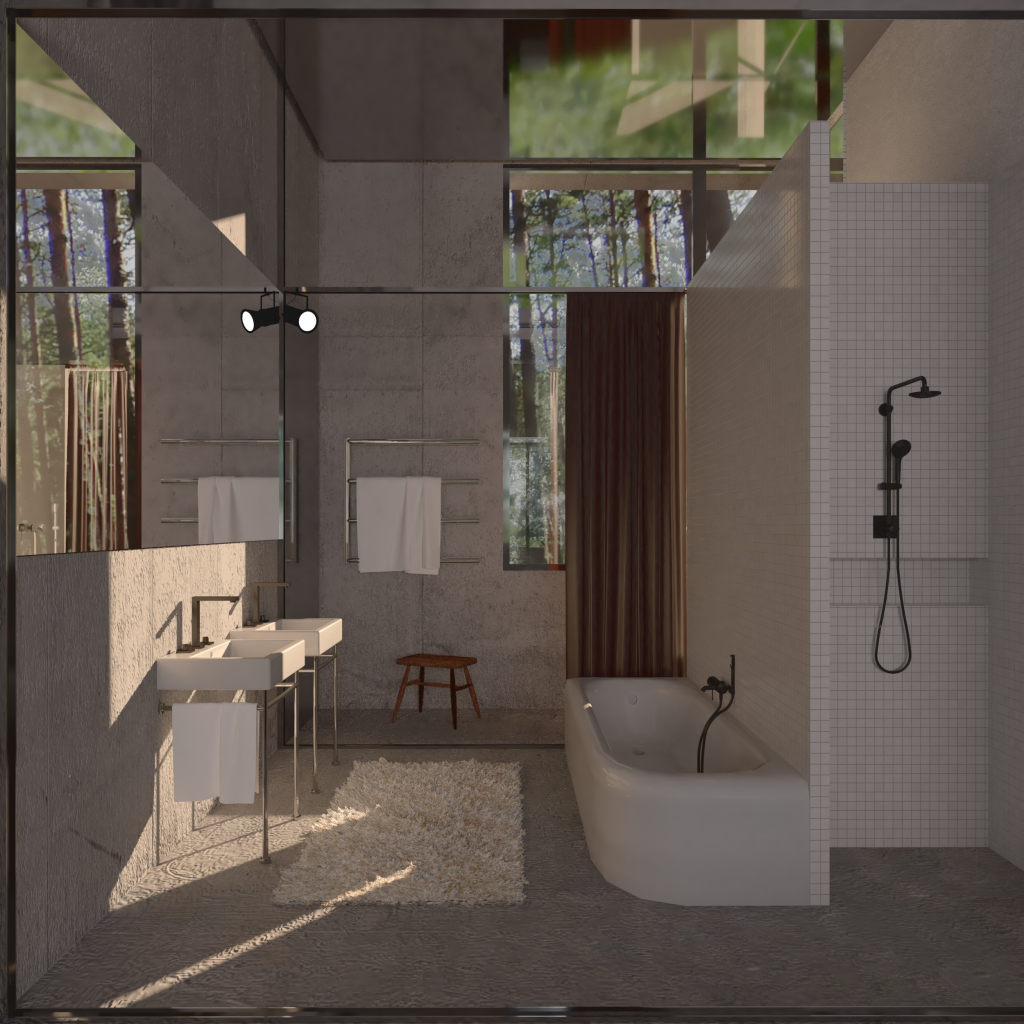| Building a newprimary school |
| 1st Prize competition 2024 |
| – | |
| Client: | City of Hamburg |
| ARCHITECT: | inFABric |
|
|
|
| PROGRAMME: | the construction of a new primary schools, gymnasium, canteen and landscaping |
| SURFACE: | 4 100 m² BGF |
| COSTS: | 12 Mio EUR |
|
|
|
| YEAR: | 2024 – 2028 |
| CONSULTANTS: | FSN Landscape architects |
Located on the outskirts of Hamburg, the Bergedorf district is currently experiencing population growth that requires the construction of new public facilities. The plot chosen for the construction of the elementary school “Am Schilfufer” is on a busy road to the north, which creates considerable noise pollution. At the end of the plot, which widens to the east, is the Schleusengraben River, which will soon be bordered by a promenade towards the city center.
Our project distributes the program into two buildings:
To the west, the first building houses the gymnasium and the canteen, away from the residential buildings. In front of this facility, an urban forecourt creates an easily identifiable public address. Located on the ground floor, the canteen can also host school or neighborhood events.
The second building, which houses the teaching spaces, is positioned further back along the elevated Sander Damm road. This position allows for a large playground to the south, protected from the street and offering a view of the river. The school’s outdoor spaces are thus directly connected to the future public park bordering the river, creating an ecological continuity between the planted courtyards, the park, and the water.
The landscaping project ensures autonomous rainwater management on the plot, in line with the “sponge city” concept promoted by Hamburg.
The interior space of the teaching building includes a service strip to the north (vertical circulation, sanitary facilities, storage, etc.), which protects against street noise. The teaching and common areas face south and towards the courtyard.
The teaching spaces are organized into four open and flexible “clusters” in accordance with the modular spatial program desired by the school’s management. Each cluster includes a central common area generously lit by an interior patio and opening onto a balcony.
The choice of a regular timber frame structure meets the client’s ecological and spatial flexibility goals. This framework allows for certain “voids”: a central patio brings light and natural ventilation to the teaching spaces, and large terraces on the second floor serve as outdoor teaching areas.





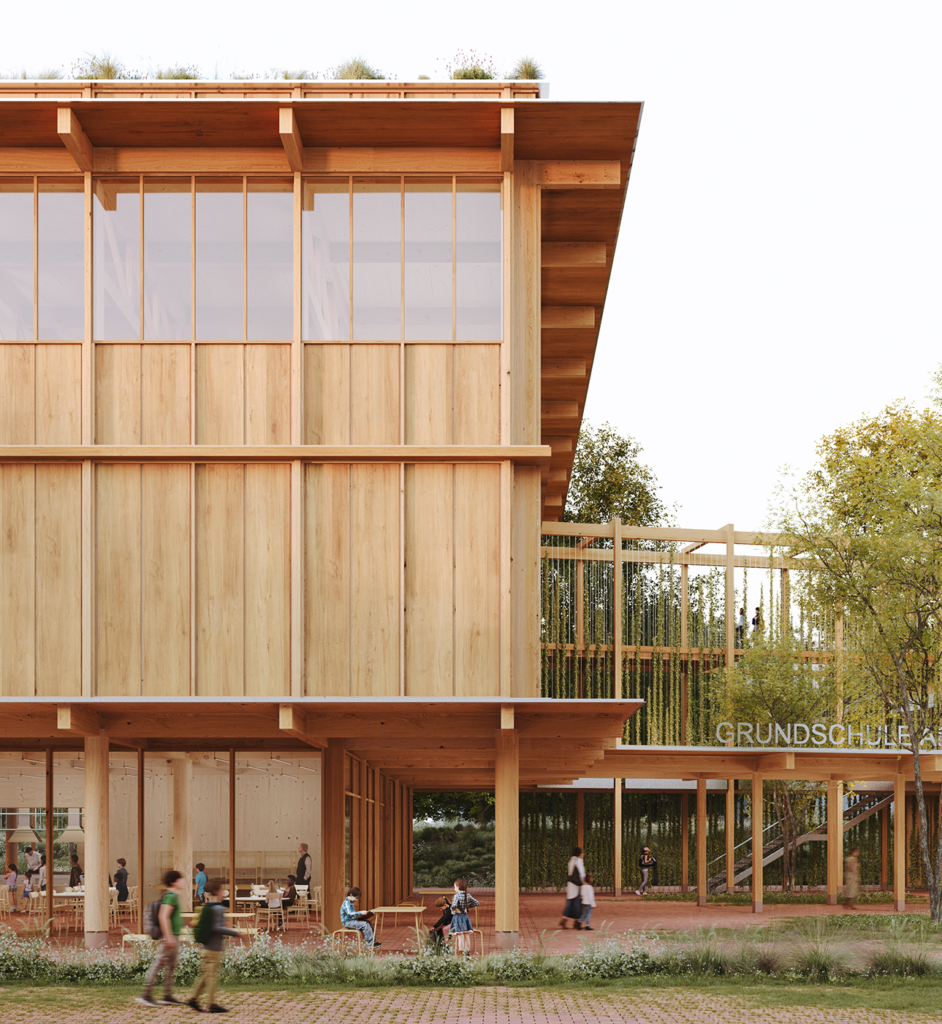
 Page Project
Page Project
